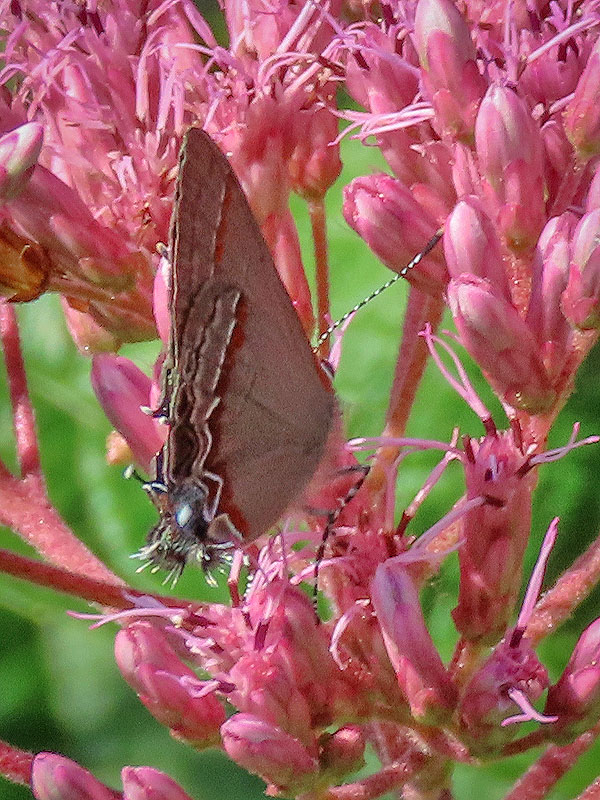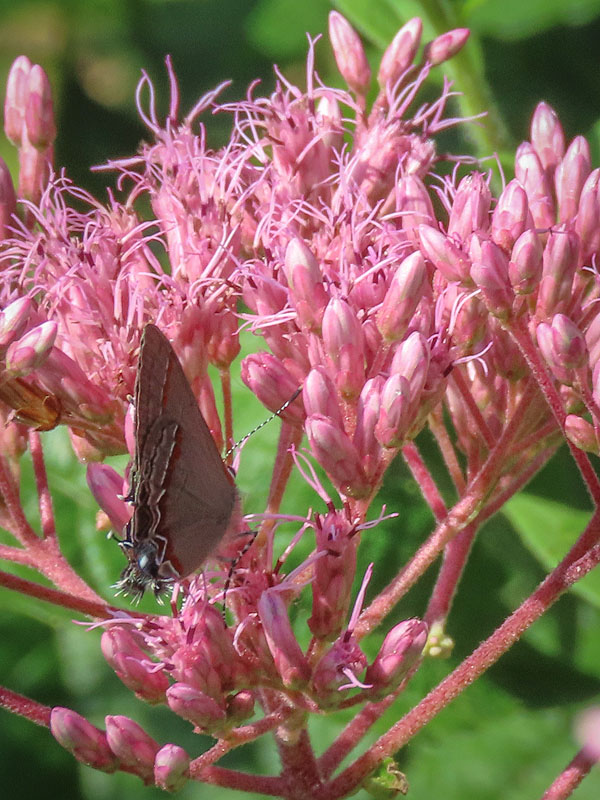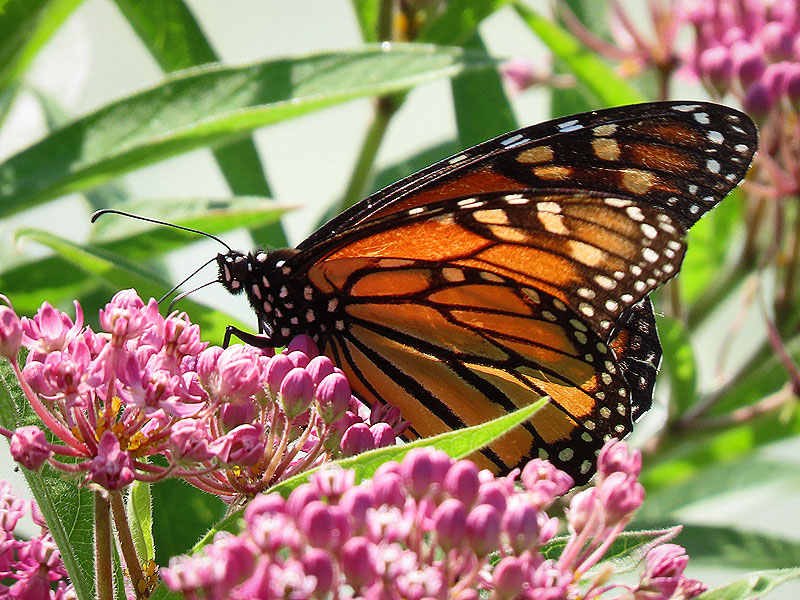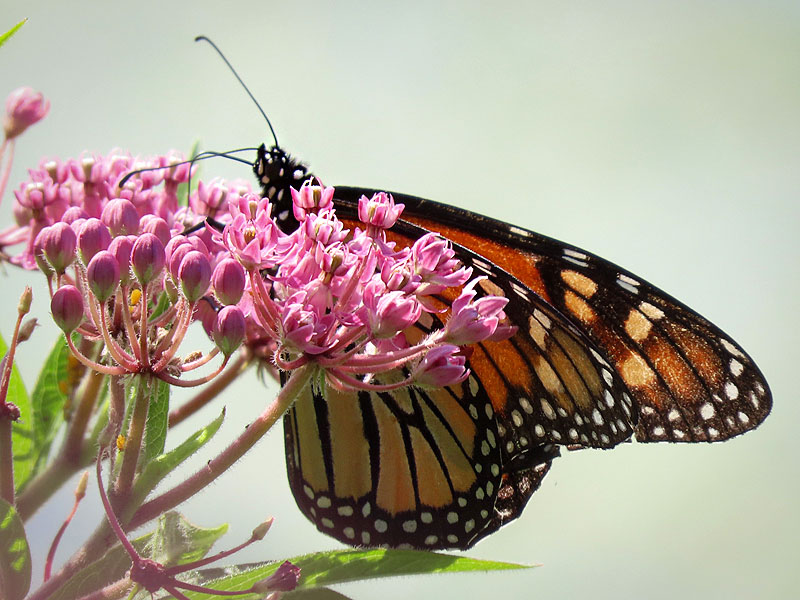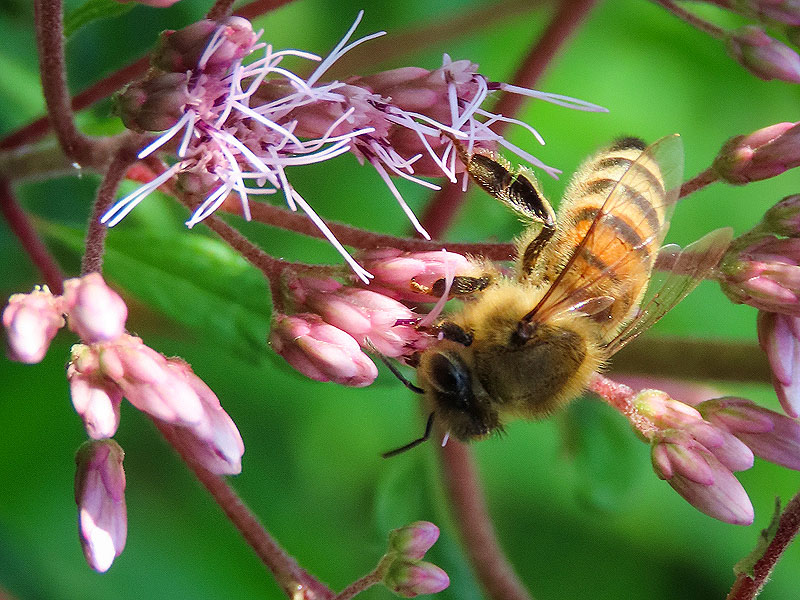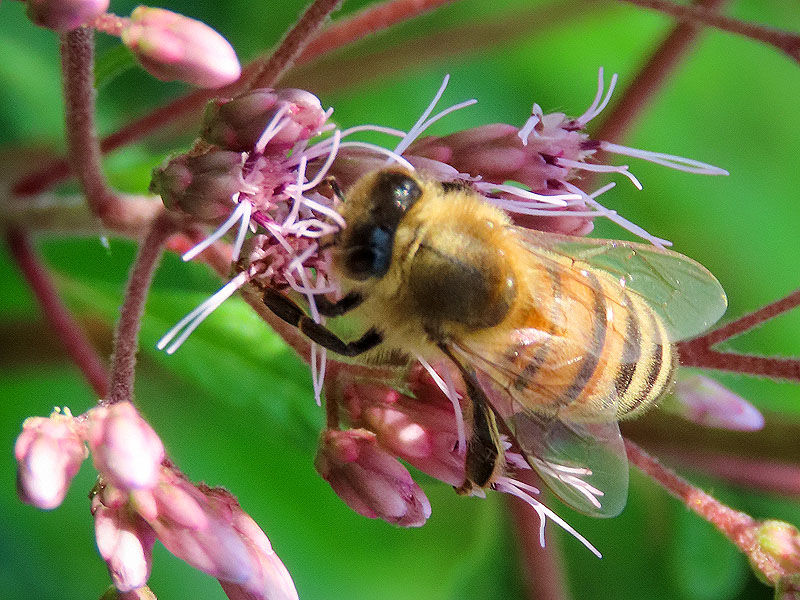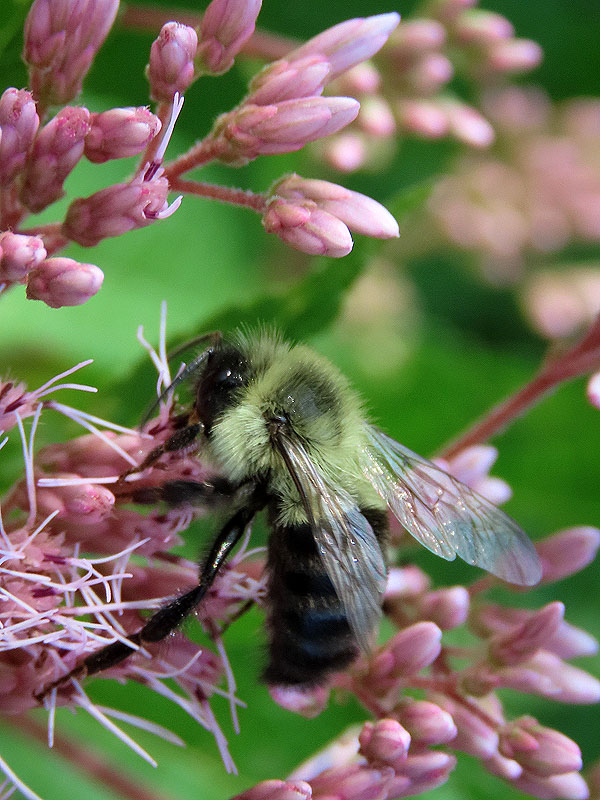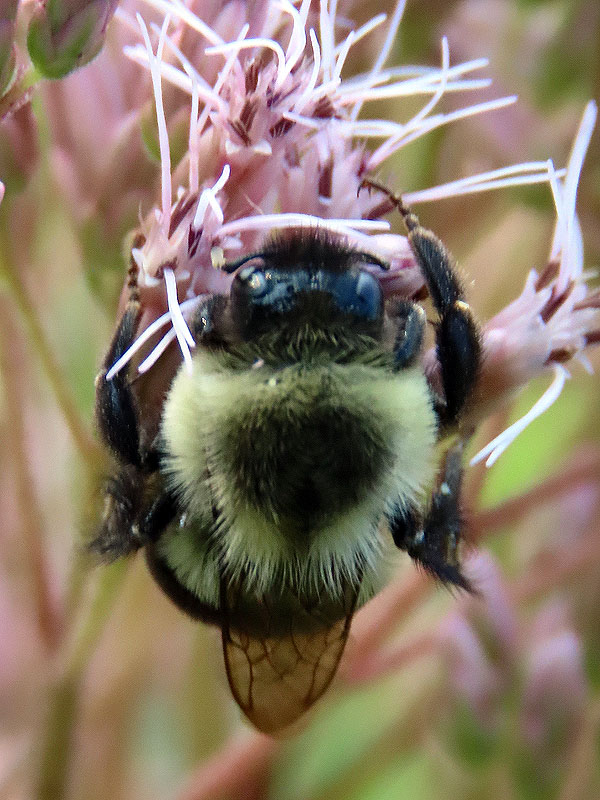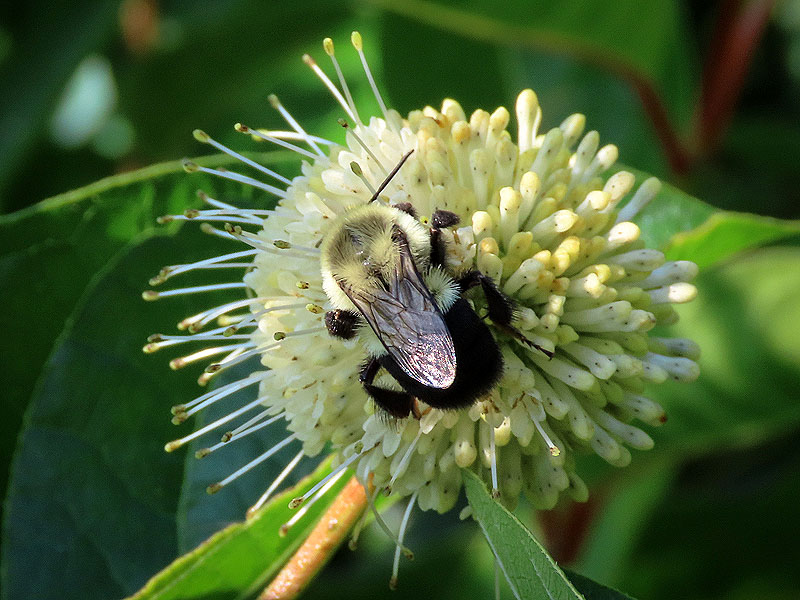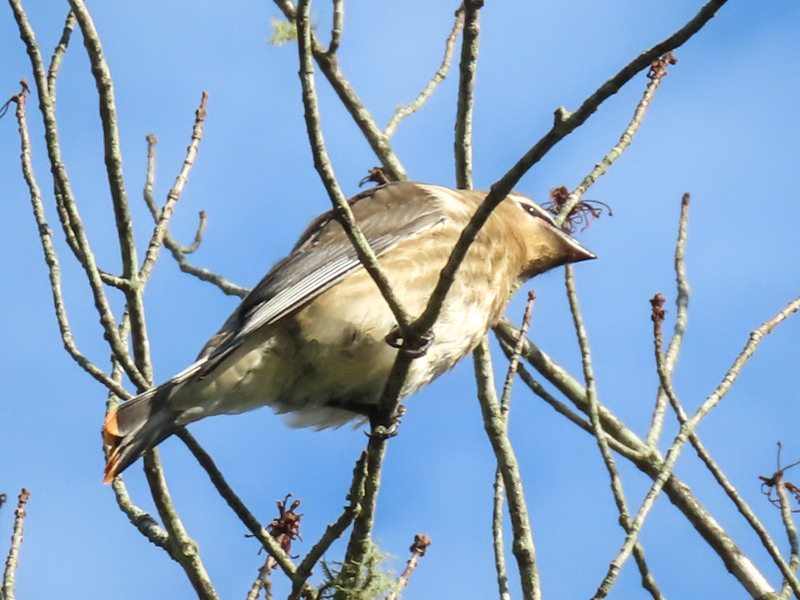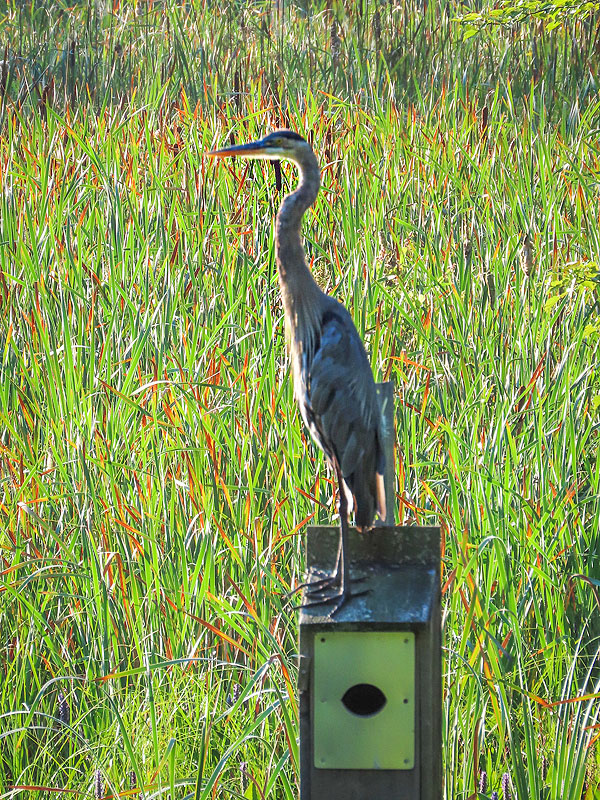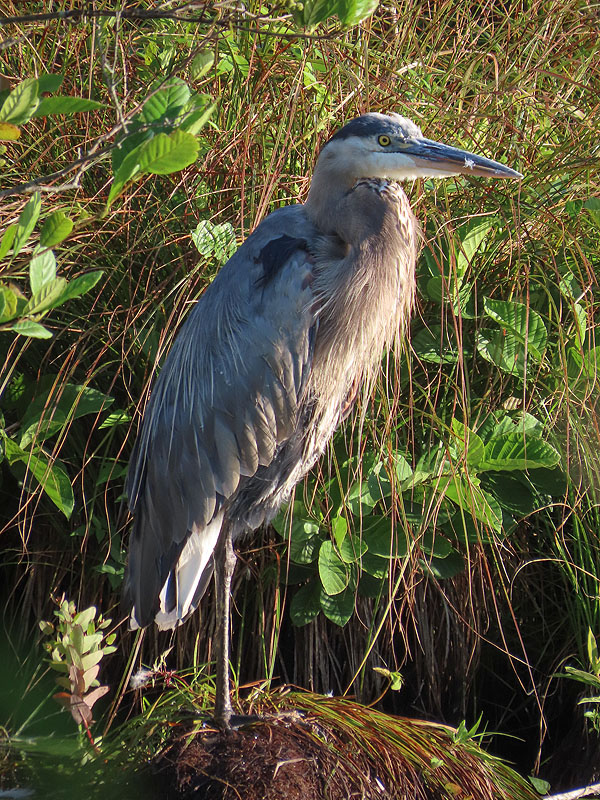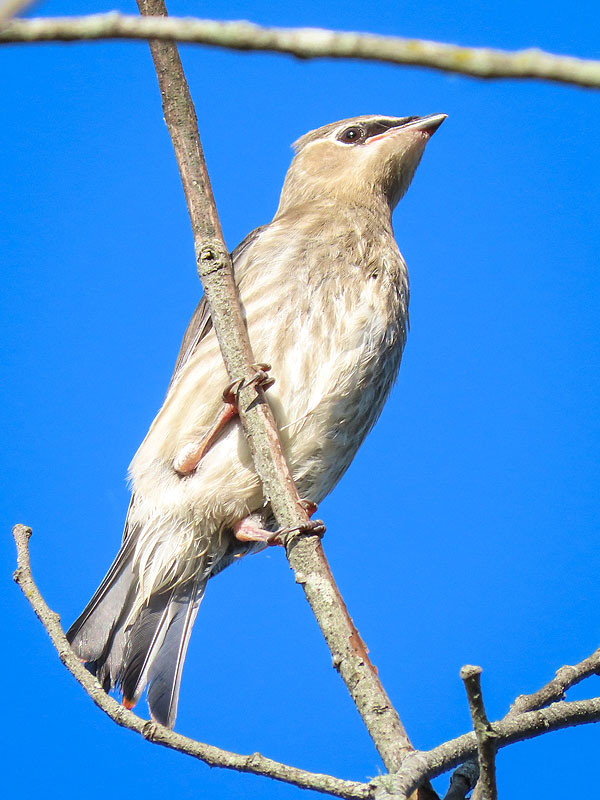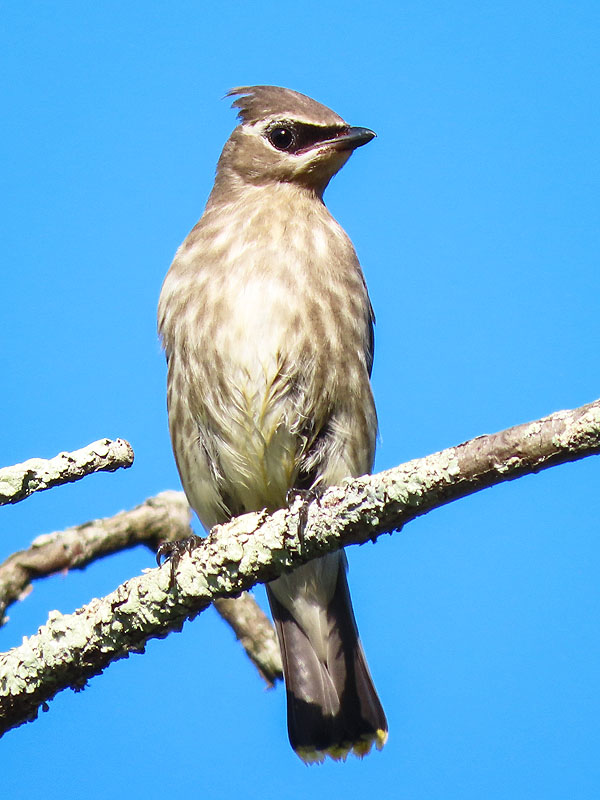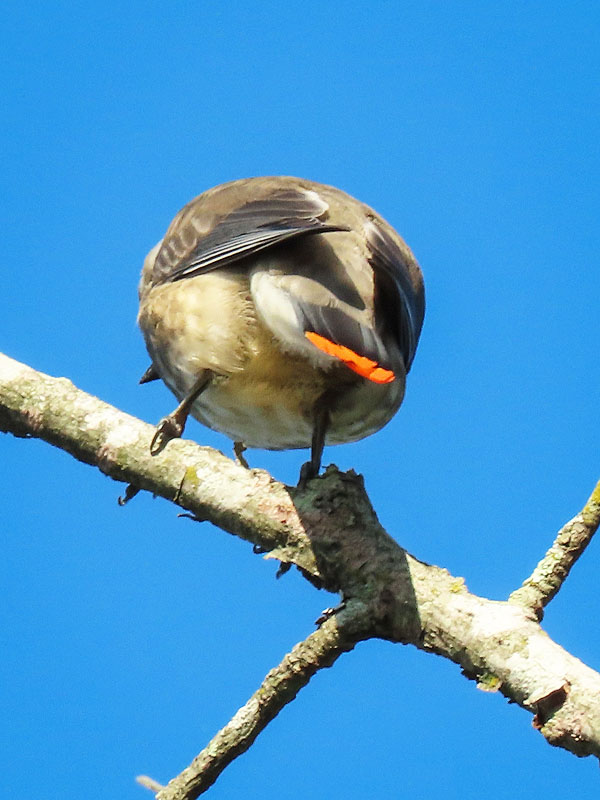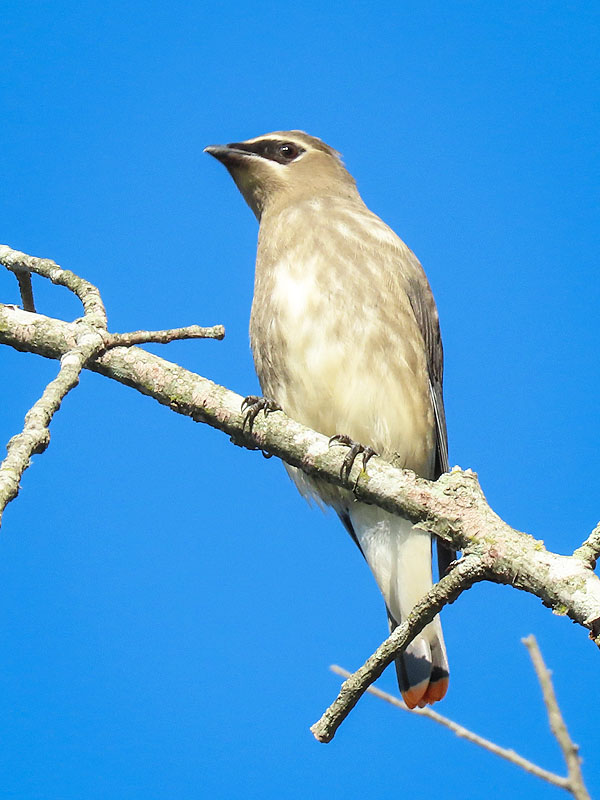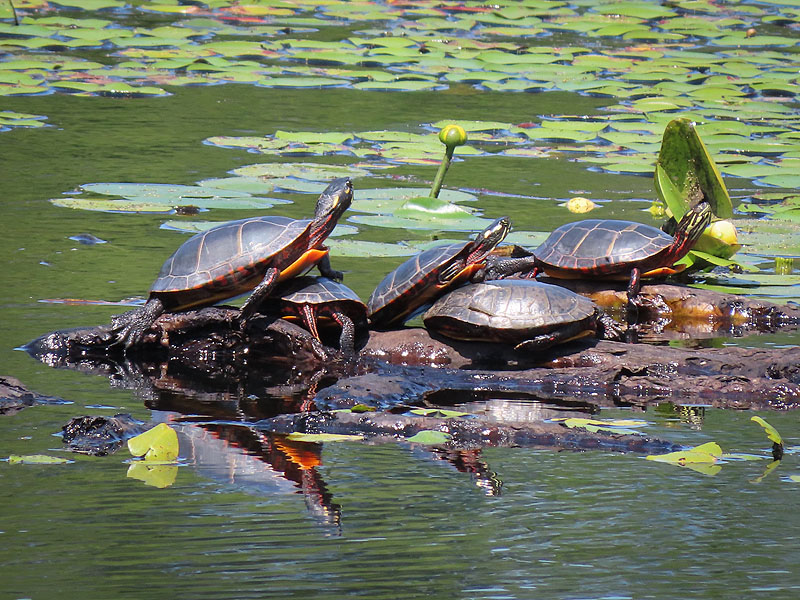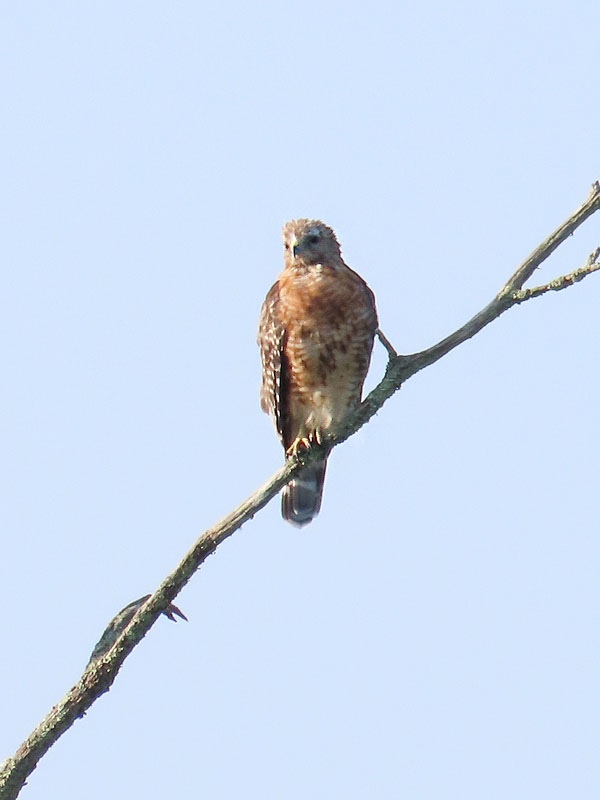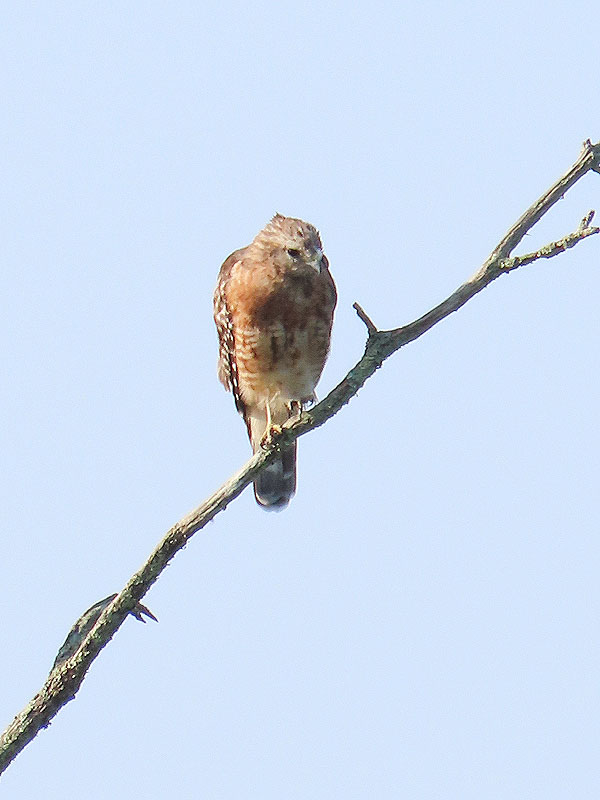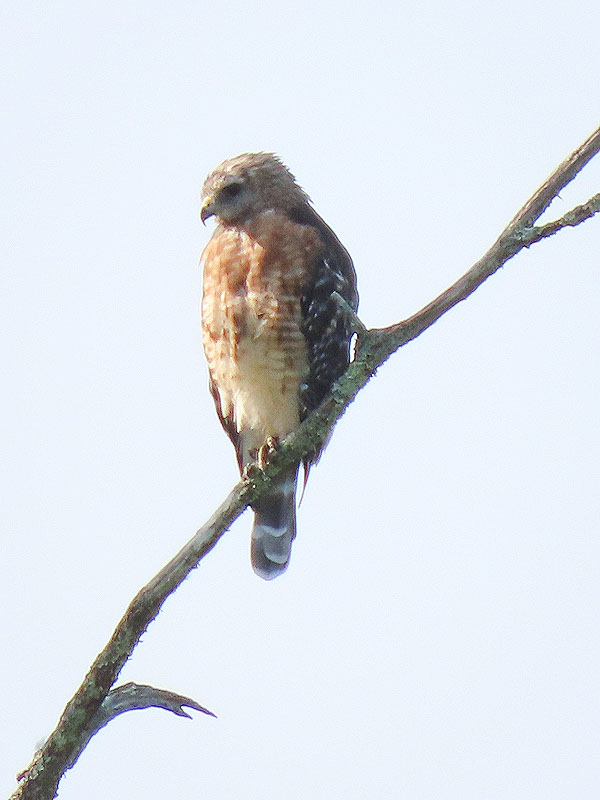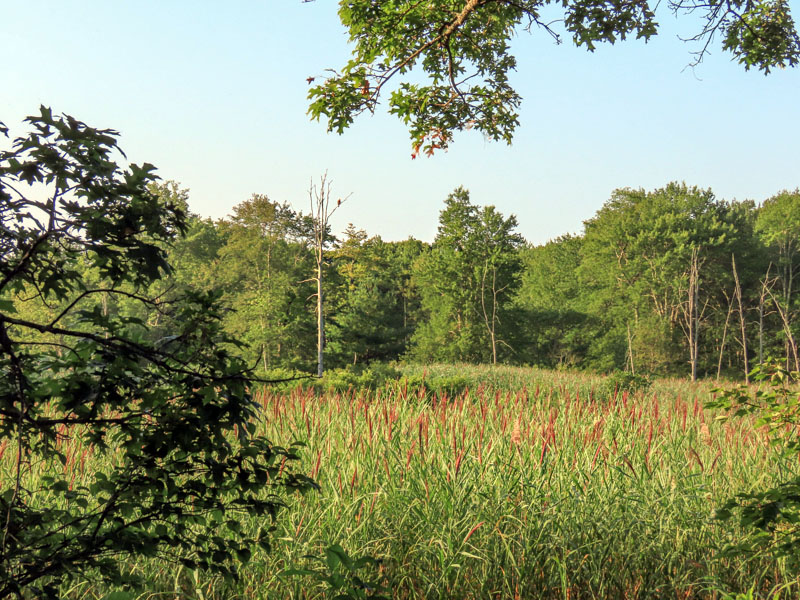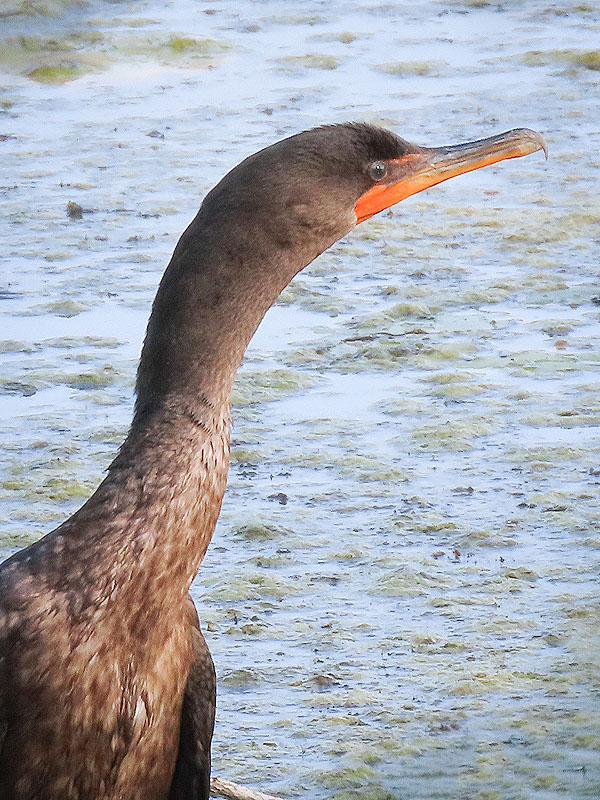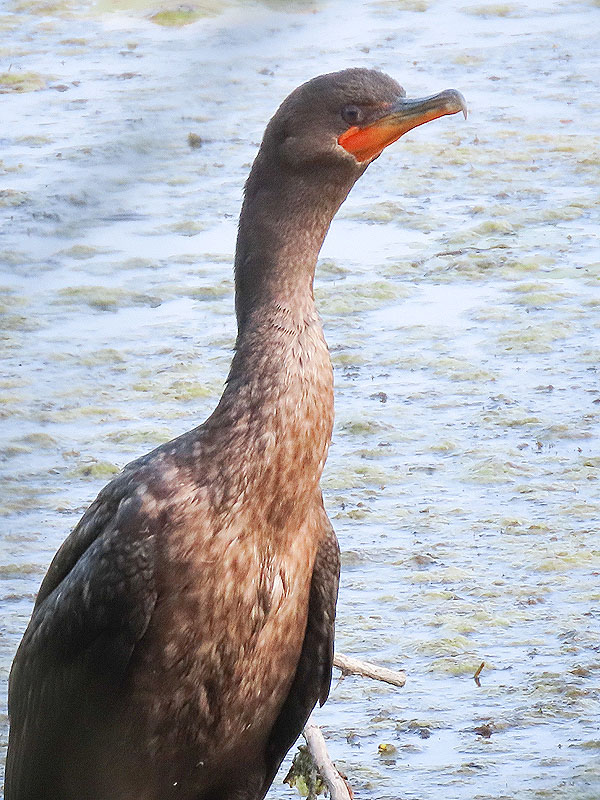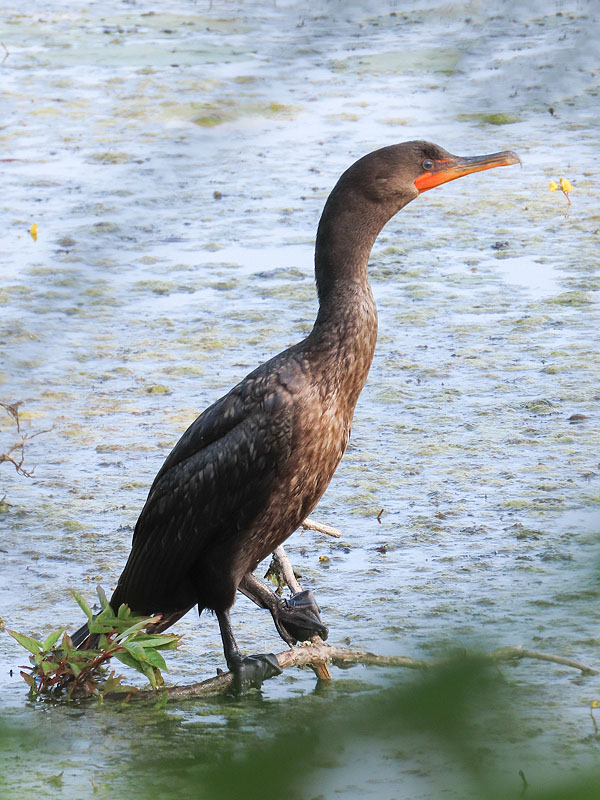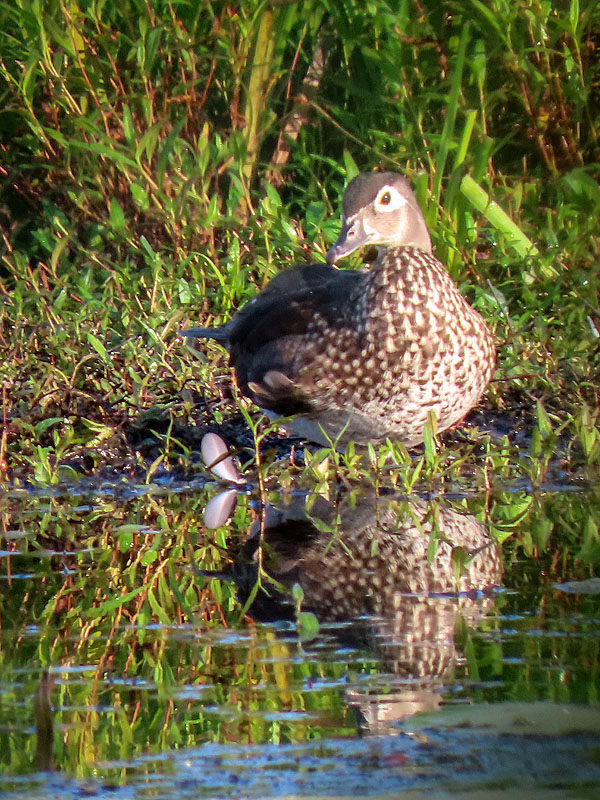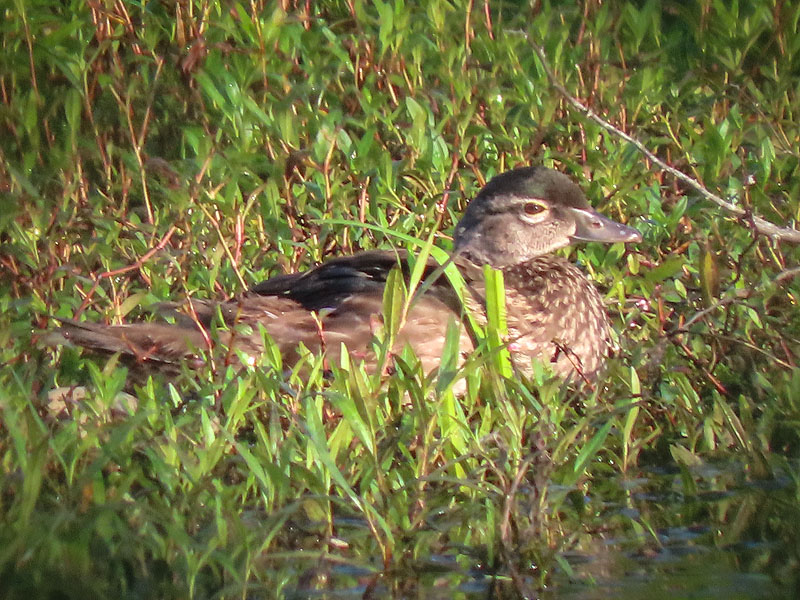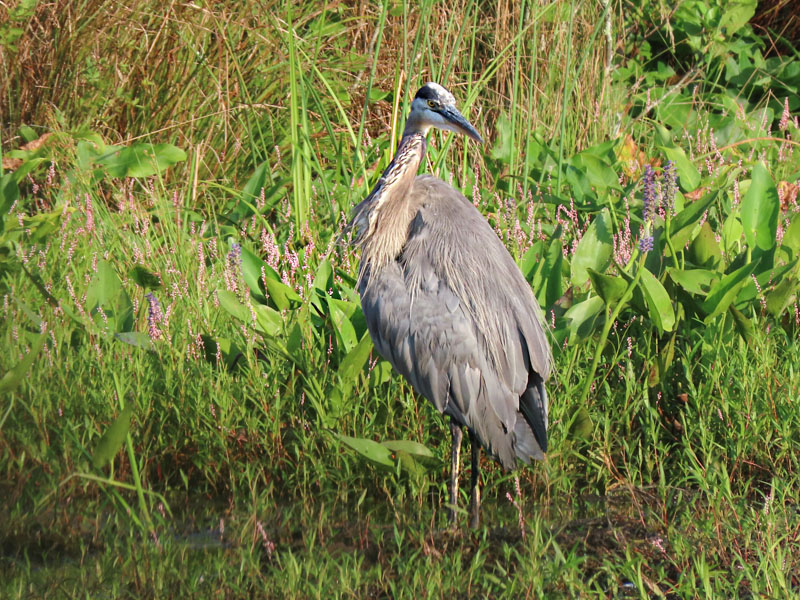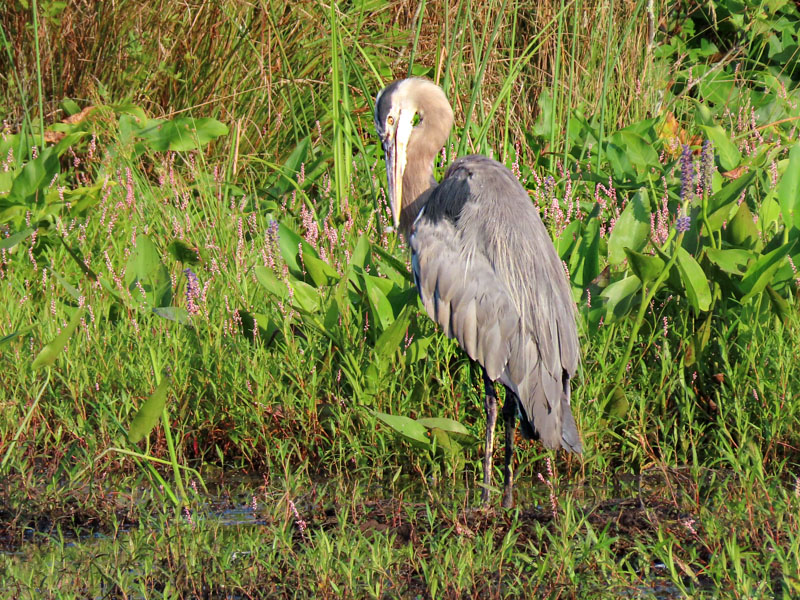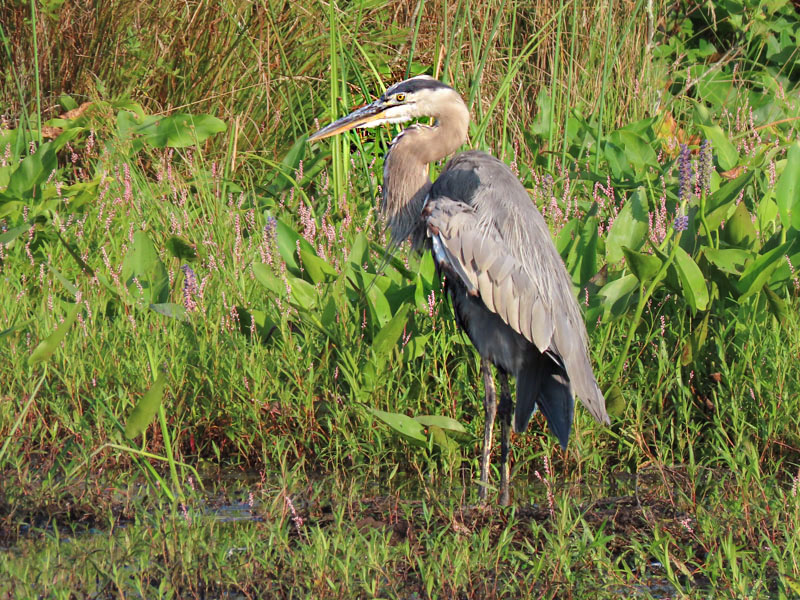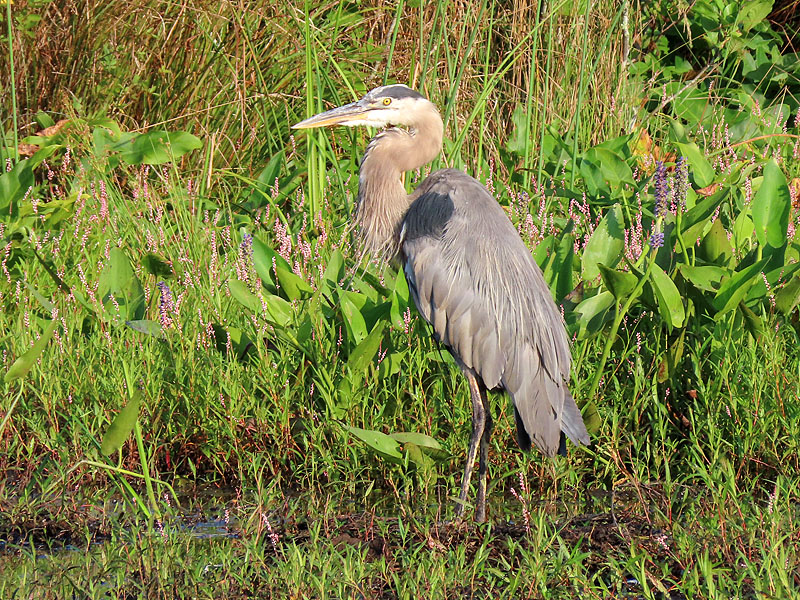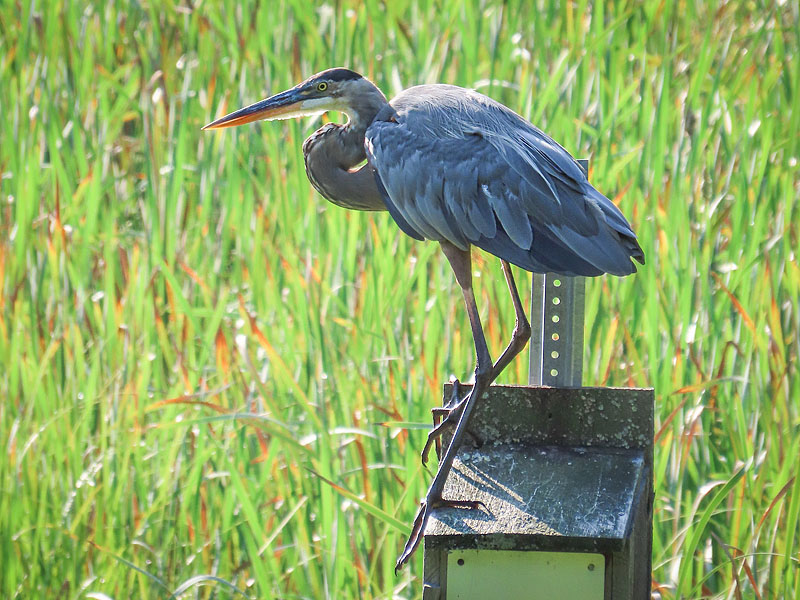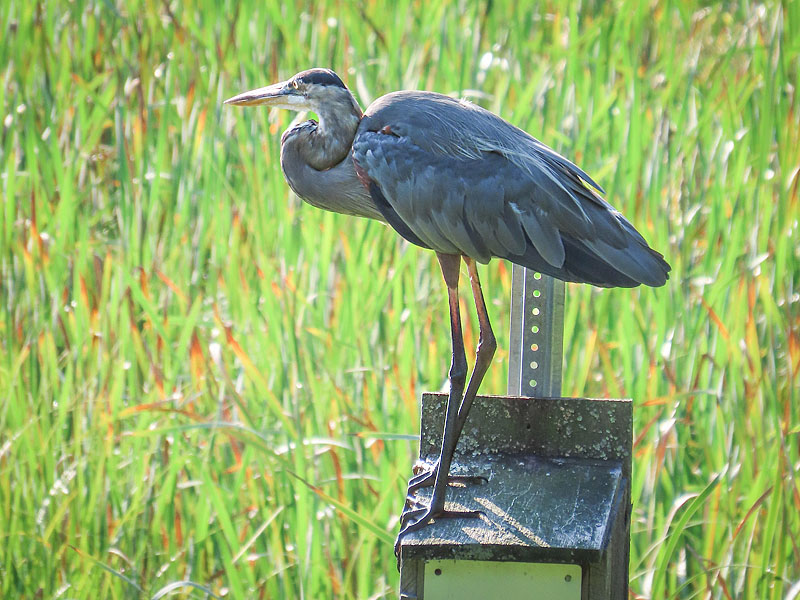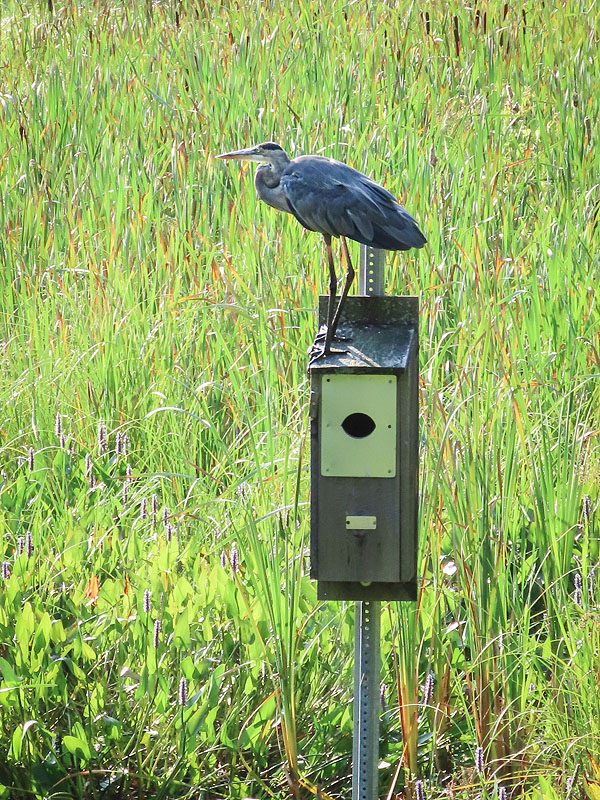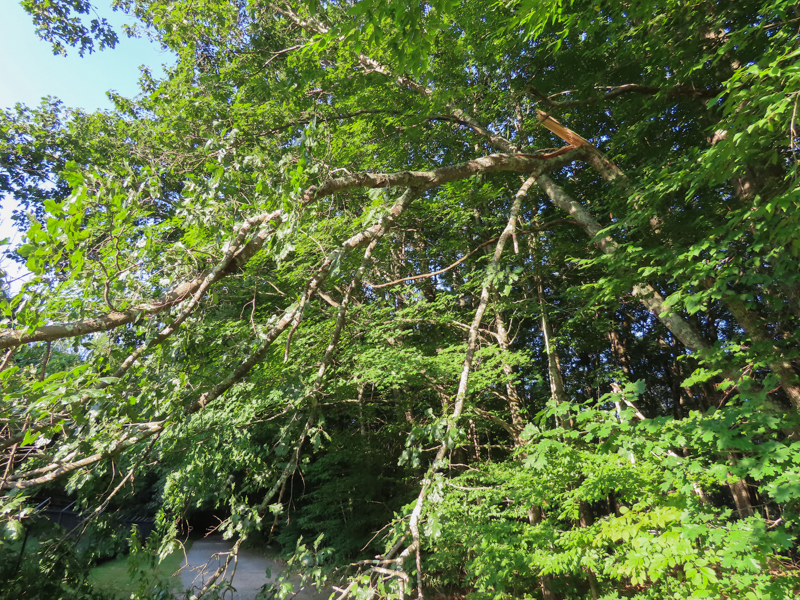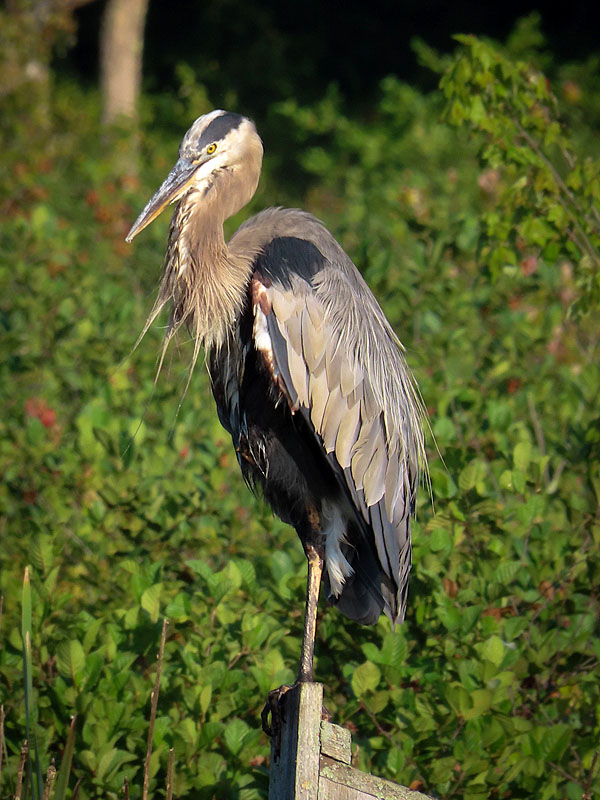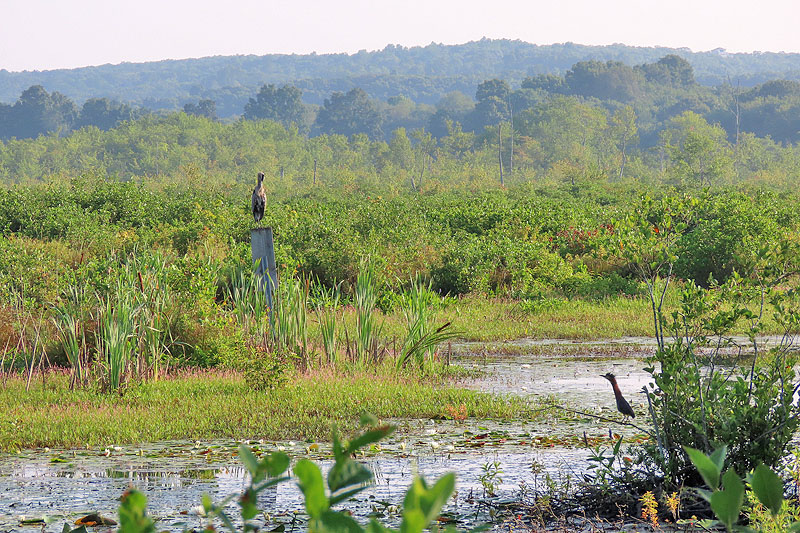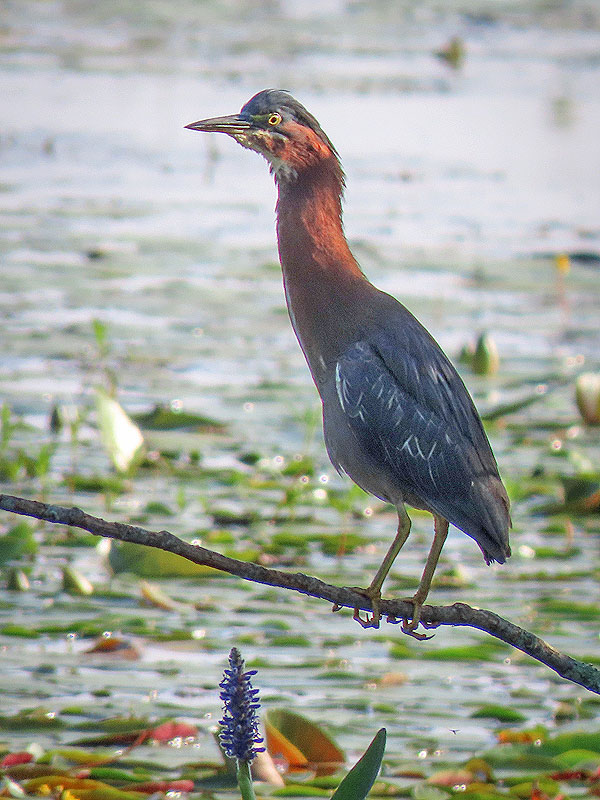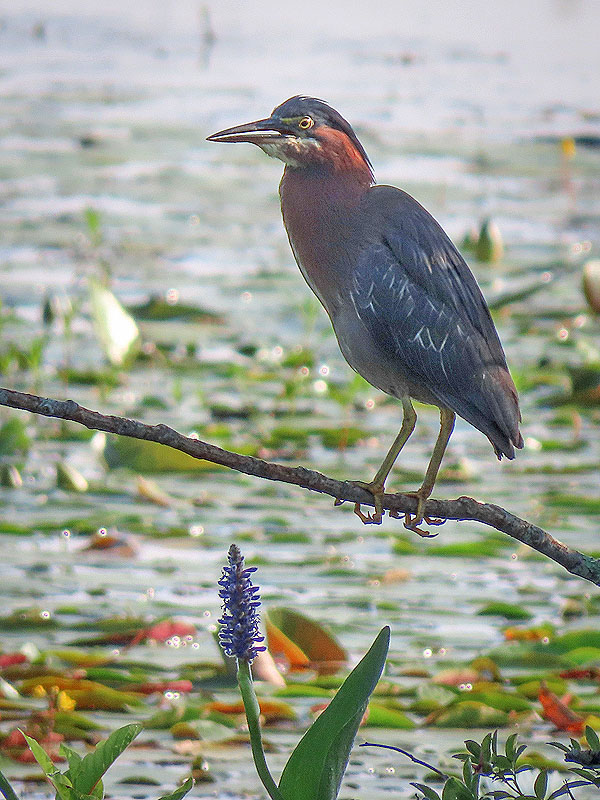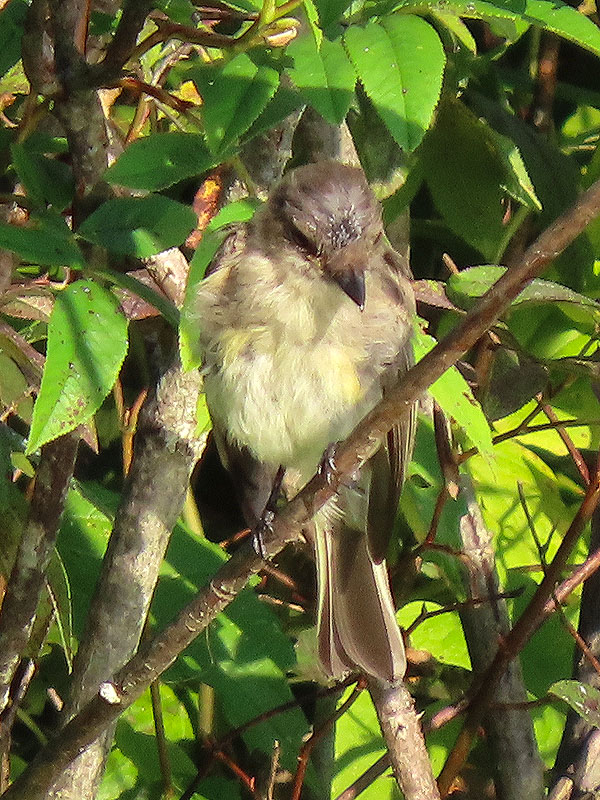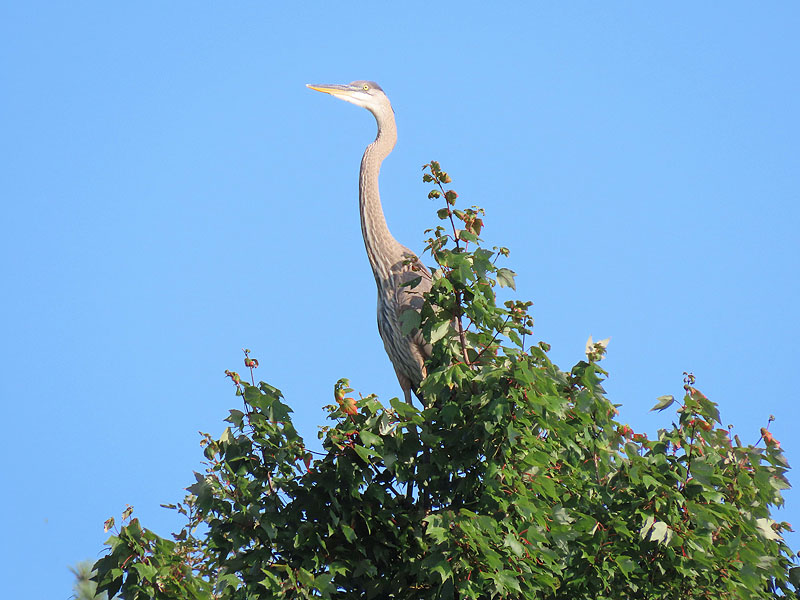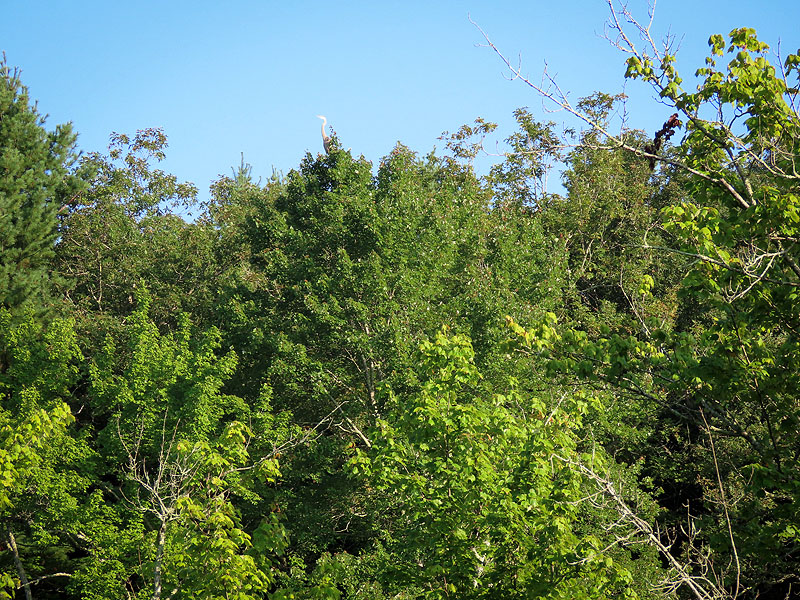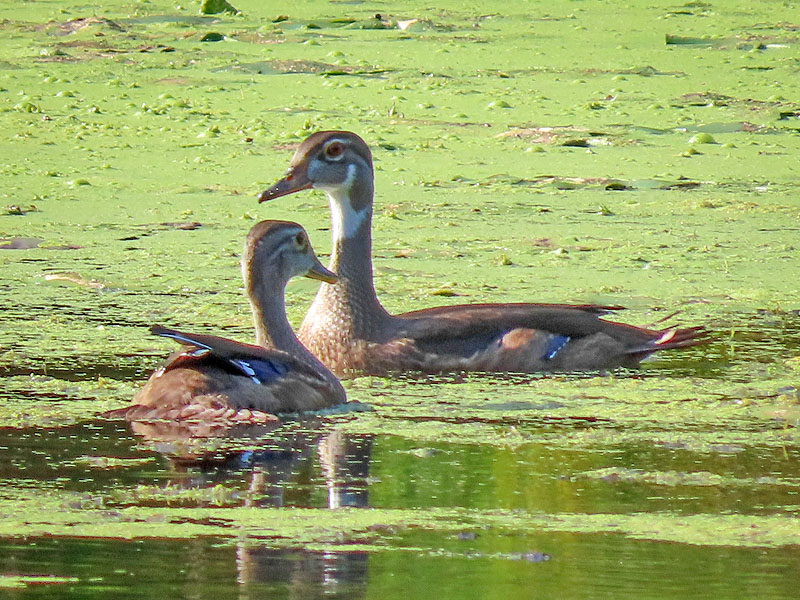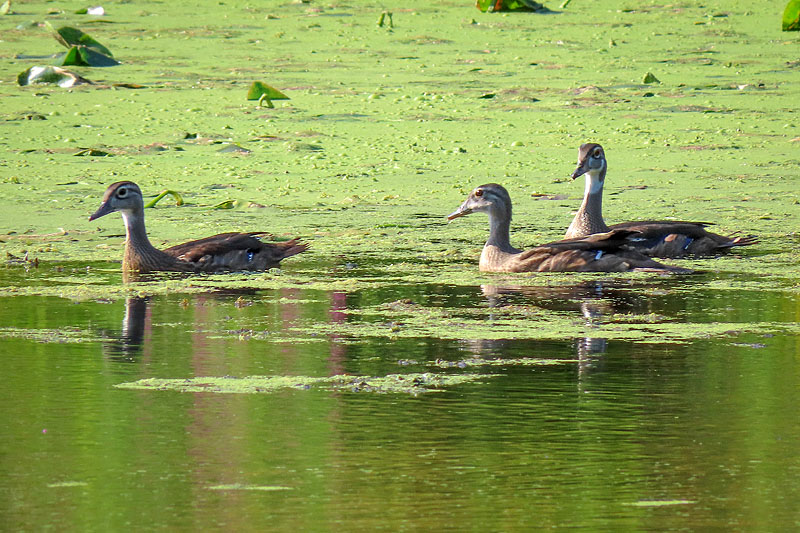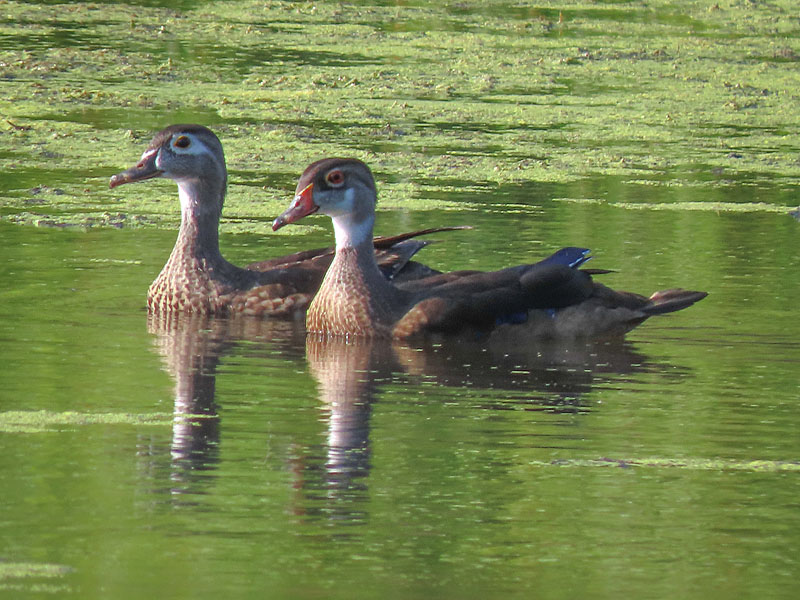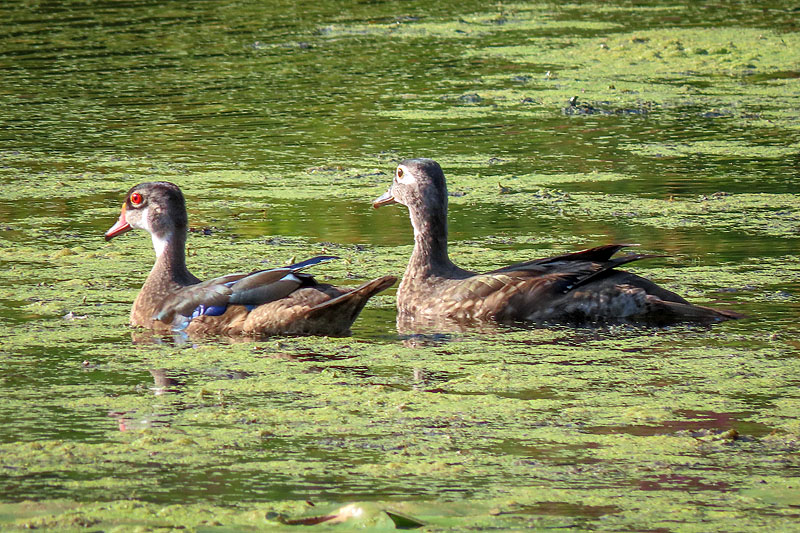Along the Air Line... 2025 - Summer, Part 12 The Air Line Trail in Eastern Connecticut - Stan Malcolm Photos |
HOME: Air Line... 2025 Pages Menu Stan's FlickR Albums |
August 7th. An afternoon visit to Cranberry Bog. This looks like a Red-banded Hairstreak (Calycopis cecrops), |
On spotted Joe-Pye-weed (Eupatorium maculatum), as were most of the insects pictured below. |
Monarch (Danaus plexippus) on Swamp Milkweed (Asclepias incarnata). |
|
Honey Bee (Apis mellifera). |
|
Bumble Bee (Family Bombidae). |
|
Another Bumble Bee, on Buttonbush or "Honey-balls" (Cephalanthus occidentalis). |
August 8th. One of several immature Cedar Waxwings (Bombycilla cedrorum) at Raymond Brook Marsh. |
August 9th. The skinny Great Blue Heron at the pond by the Colchester Spur junction. |
The older successful bird at Raymond Brook Marsh. |
The group of Cedar Waxwings (Bombycilla cedrorum) was back, barely resting for seconds between flights. |
|
While most birds have yellow tail feather tips, immature birds can have orange tips in Fall. |
|
Five Painted Turtles (Chrysemys picta) at the pond east of River Road. |
A yellow Bullhead or Pond Lily (Nuphar variegatum) and white Fragrant Water-lily (Nymphaea odorata). See the damselfly? |
August 10th. A distant Red-shouldered Hawk (Buteo lineatus). |
|
|
That's the hawk as seen without telephoto or cropping. |
A Double-crested Cormorant (Phalacrocorax auritus) near the Beaver lodge. |
|
|
The first of two Wood Ducks (Aix sponsa). A female. |
The second, a male, a few feet away. |
The usual Great Blue Heron (Ardea herodius). |
|
|
|
The other Great Blue Heron near the Colchester Spur junction. |
Leggy. |
|
|
August 12th. Part of a tree split off up high. I think the whole tree should come down. I told the Hebron Park & Rec Director about it. |
This picture shows the split. |
Ol' Reliable, the Great Blue Heron (Ardea herodius) that owns the Wood Duck perch. |
The Great Blue Heron at the left, but a Green Heron (Butorides virescens) at the right. |
Telephoto and cropped. |
|
Looks like a young Flycatcher to me. Help? |
Another Great Blue Heron perched high above the marsh. Maybe the skinny one that has been around. |
See it? I wouldn't have, but I heard it squawk. |
Late afternoon at Cranberry Bog. Wood Ducks (Aix sponsa). |
|
|
Red-eyed male, and white teardrop eye of female. |
